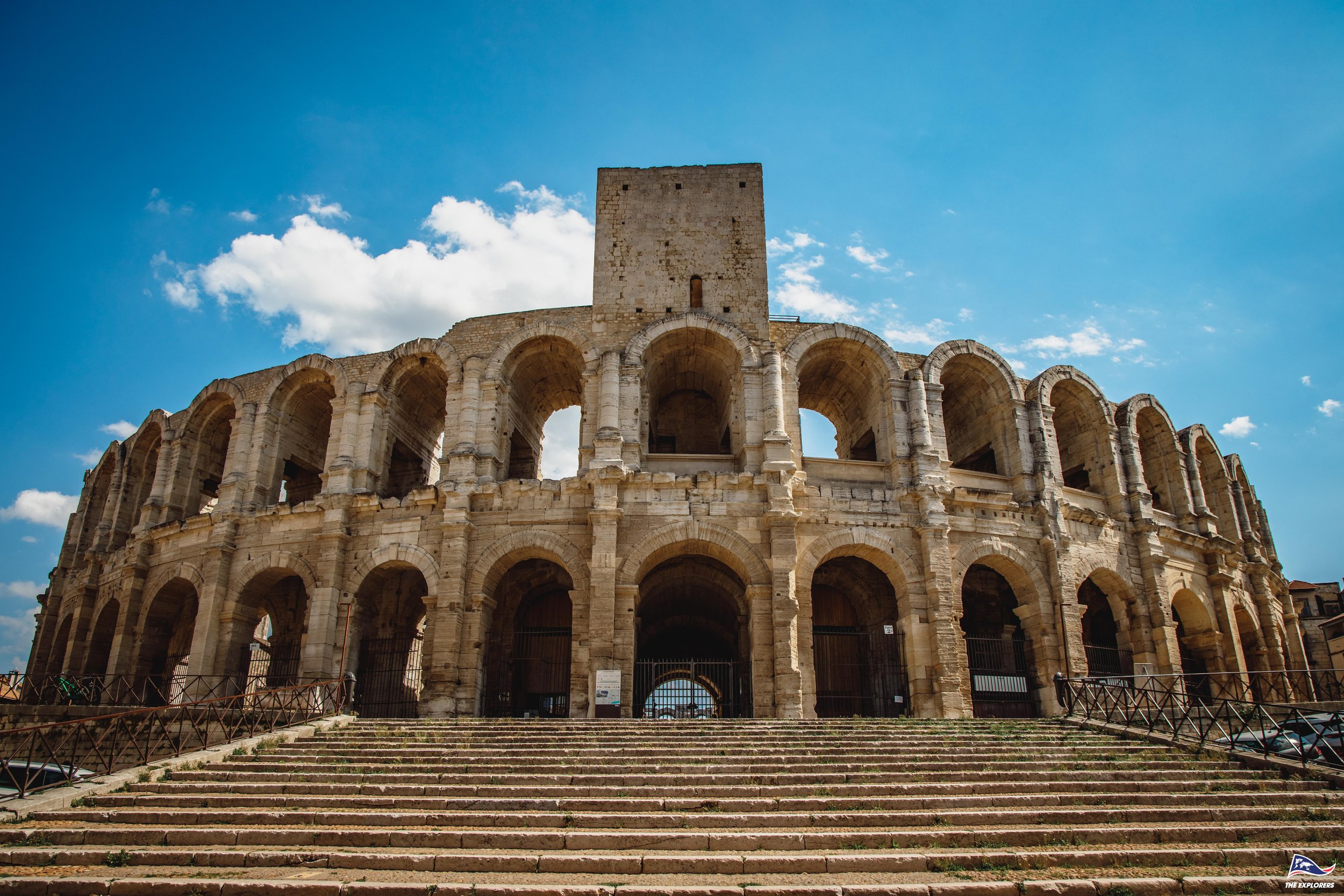
Occitanie: Southern France
Flavours of Occitanie a Culinary Tour of Southern France
In June 2025, Terroir curated a culinary journey through Occitanie, the sun-drenched region in the South of France that stretches from the Rhône delta to the Spanish border. This diverse and storied landscape, which encompasses both Languedoc-Roussillon and the Camargue Regional Natural Park, unfolded like a postcard—pink salt flats shimmering under wide skies, wild white horses galloping through wetlands, and flamingos wading through brackish shallows.
Bordered by the Mediterranean Sea, Occitanie offered a feast of flavors rooted in centuries of tradition. We traced the region’s Roman past through the amphitheatres of Arles and Nîmes, where ancient stones whispered of gladiators and emperors. But it was the food and wine that defined our experience: slow-cooked cassoulet in rustic village taverns, briny oysters fresh from the Thau Lagoon, and wedges of Roquefort cheese aged deep in natural caves. As one of France’s largest wine-producing regions, Occitanie poured generously—crisp Picpoul de Pinet, earthy Minervois, and structured reds from Corbières, each glass a reflection of the terroir.
What emerged was not just a tour, but a sensory immersion into a region where history, nature, and cuisine come together with effortless grace.
“The tour was about food, wine and great company. One minute we were sipping oysters by the lagoon, the next we were standing in a Roman amphitheatre. Occitanie is like stepping into a living postcard. It is magic.”
The Camargue, in southern France between the Rhône delta and the Mediterranean Sea, is a breathtaking region of marshes, shimmering lagoons, salt flats, and open meadows. A protected nature reserve, it is renowned for its rich biodiversity, including elegant flamingos, iconic white Camargue horses, and black bulls. The guardians (Camargue cowboys) preserve bull and horse breeding traditions, adding cultural depth to this unique destination.
For food enthusiasts, you can discover the renowned fleur de sel, harvested from its salt flats, and the nutty, flavorful Camargue rice, prized by chefs worldwide
Sète, often called the "Venice of the Languedoc," is a lively port city in Occitanie, celebrated for its picturesque canals, rich maritime heritage, and dynamic arts scene. Nestled between the Mediterranean Sea and the Thau Lagoon, Sète is a gateway to fresh seafood and a central hub for oyster farming.
The Thau Lagoon is a vital center of France’s oyster farming, with traditions that trace back to Roman times. Renowned for its pristine ecosystem, the lagoon produces some of the world’s finest oysters, prized for their distinctive flavor shaped by the Mediterranean's influence. Among its innovators is the Tarbouriech company, which revolutionized oyster farming with its solar-powered "tidal" method, simulating natural tides to enhance the oysters' taste and texture.
This harmonious blend of ancient traditions and modern sustainability makes the Thau Lagoon a cornerstone of Occitanie’s culinary and ecological heritage.
Sete featured in The Guardian.





















